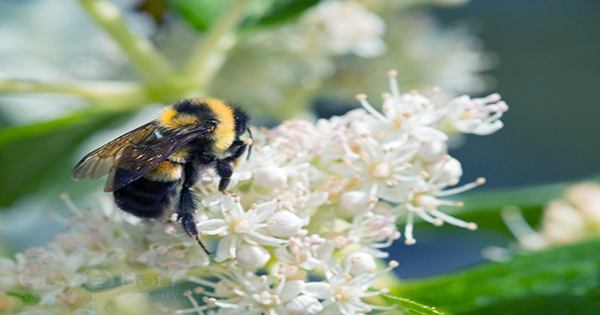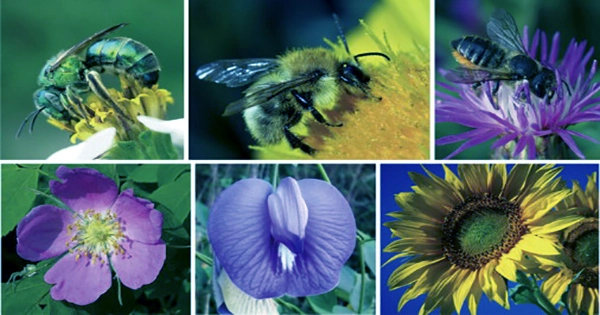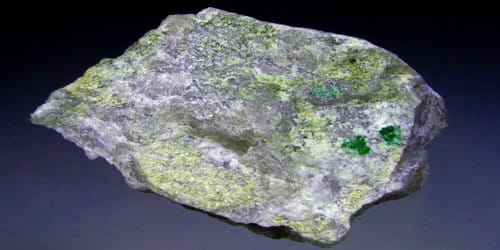According to researchers, earwig-like ground dwellers that existed in what is now Russia about 280 million years ago are the earliest known fossils of pollen-laden insects. Their discovery advances by about 120 million years the fossil record of insects moving pollen from one plant to another, a crucial component of contemporary pollination.
According to Alexander Khramov, a paleoentomologist at the Borissiak Paleontological Institute in Moscow, the insects were usually about 1.5 centimeters long and belonged to the pollen-eating genus Tillyardembia. Tillyardembia was first described in 1937. According to him, weak wings likely kept the animals mostly on the forest floor, forcing them to climb trees in search of and ingest their pollen.

Khramov and his coworkers recently examined 425 Tillyardembia specimens in the institute’s collection. The team writes in Biology Letters on February 28 that six of the insects had clusters of pollen grains stuck to their heads, legs, thoraxes, or abdomens. According to Khramov, a proportion that tiny is not unexpected given that the fossils were initially found in fine-grained sediments, where they were preserved. The pollen from the insects’ remains would typically be washed away during the initial phases of fossilization in such material.
The team discovered that the pollen-laden insects had only a few different kinds of pollen trapped on them, indicating that the creatures were very picky about the tree species they visited. A paleoentomologist at the University of Kansas in Lawrence named Michael Engel, who was not involved in the research, says that kind of specialization is consistent with potential pollinators. We just don’t have any proof of it yet. There were presumably vast amounts of such specialization occurring even before Tillyardembia.
Conrad Labandeira, a paleoecologist at the National Museum of Natural History in Washington, D.C., who was not involved in the study, claims that further investigation of these fossils may reveal whether Tillyardembia evolved unique pollen-trapping hairs or other similar structures on their bodies or heads. He adds that it would be intriguing to determine whether the pollen somehow managed to adhere to the insects. If the pollen grains had characteristics that, for instance, made them easier to clump, then those same features might have made it easier for them to adhere Velcro-style to any hairlike structures on the insects’ bodies.
















